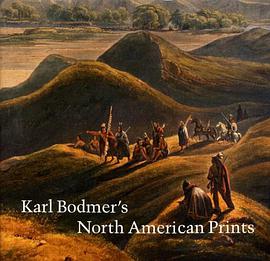

One of the physical costs of our society's breakneck consumption, sprawl, and technological innovation and production is the increasing amount of terrain relegated to accommodating the resulting waste and wasted space. These "marginal landscapes" can be divided into four distinct categories: sinks; ruins or abandoned land; toxic or damaged land; and waste landscapes. Although Professor Engler discusses all four types, she is concerned mostly with waste landscapes - "landfills, recycling and waste transfer centers, and sewage treatment plants," as she addresses two distinct aspects of waste landscapes: 1) the historic and cultural context of waste, and 2) the professional planning practices and aesthetic concerns of those who deal with waste and its landscapes. Ultimately, Professor Engler seeks to change our ideas about waste places through her discussion of how landscape design can function within the scientific and technological parameters of safety and environmental concerns to make waste places more central to our thinking and perception. In so doing, she reviews the physical evolution of waste sites, and scrutinizes perceptions and representations of these landscapes, and grounds her ideas in critiques of what environmental designers and artists have done recently with waste places to change public perceptions. Designing America's Waste Landscapes is a pioneering and original work that will appeal to professional planners and landscape designers, and students and scholars in landscape design and planning, environmental studies, urban studies, cultural geography, and even the history of technology.
具体描述
读后感
评分
评分
评分
评分
用户评价
相关图书
本站所有内容均为互联网搜索引擎提供的公开搜索信息,本站不存储任何数据与内容,任何内容与数据均与本站无关,如有需要请联系相关搜索引擎包括但不限于百度,google,bing,sogou 等
© 2025 book.wenda123.org All Rights Reserved. 图书目录大全 版权所有




















